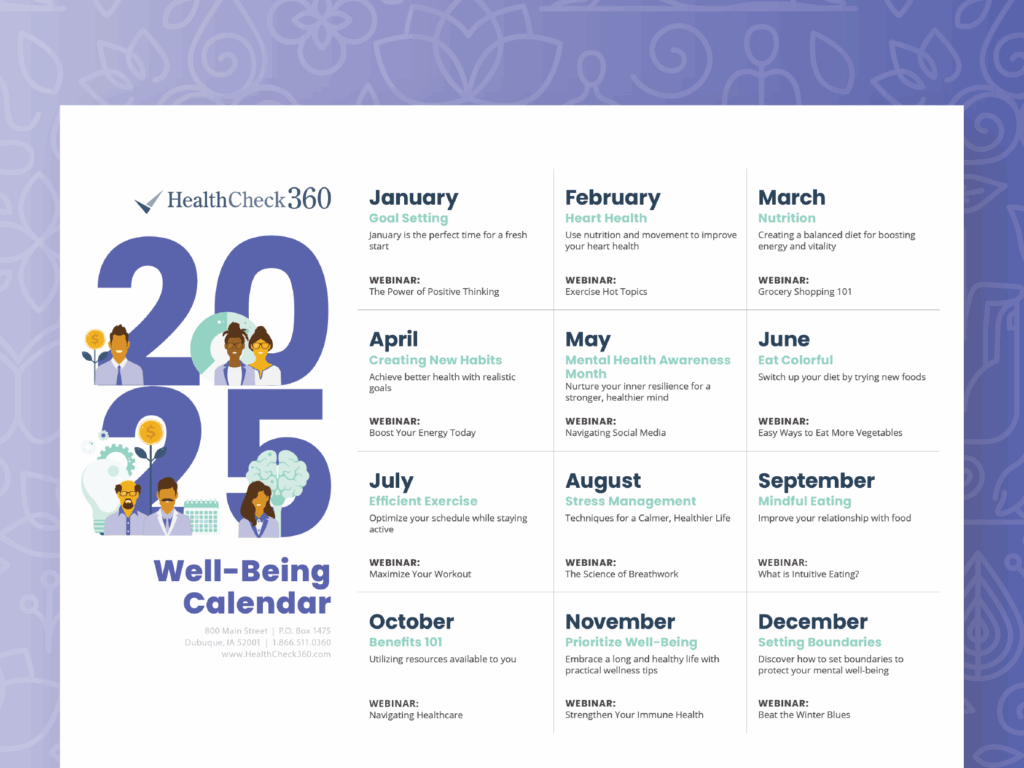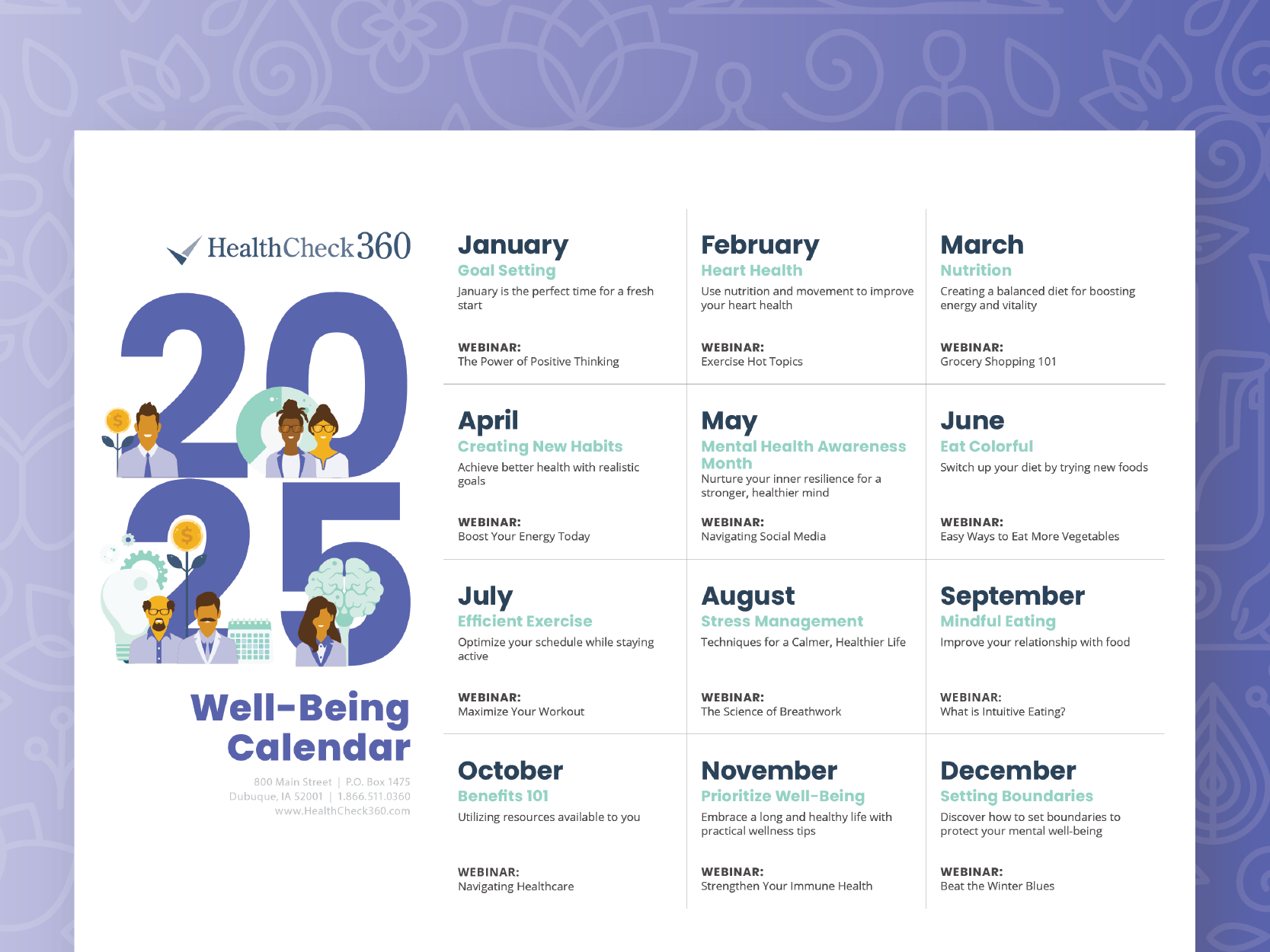
Navigating Mental Health on LinkedIn: Top Hashtags for 2025
As we approach 2025, the conversation around mental health continues to evolve, especially within professional spheres like LinkedIn. Using the right mental health hashtags on LinkedIn is crucial for fostering open dialogue, providing support, and sharing valuable resources. This article delves into the essential mental health hashtags on LinkedIn to amplify your voice, connect with relevant communities, and contribute to a more mentally healthy professional world in 2025. Understanding which mental health hashtags on LinkedIn are trending and effective can significantly boost the visibility of your posts and engage a broader audience genuinely interested in these topics. We will explore practical strategies and examples to help you effectively incorporate these hashtags into your LinkedIn content, ensuring your message resonates and makes a tangible impact.
The Growing Importance of Mental Health Conversations on LinkedIn
LinkedIn has transformed from a mere job-seeking platform into a dynamic space for professional development, industry insights, and increasingly, mental health advocacy. The stigma surrounding mental health is slowly diminishing, and professionals are becoming more open to sharing their experiences and seeking support. LinkedIn, with its vast network of professionals, offers a unique opportunity to foster a supportive and understanding environment. Using relevant mental health hashtags on LinkedIn helps to categorize and amplify these crucial conversations, making it easier for individuals to find the support and information they need. The ongoing pandemic and its subsequent impact on work-life balance have further accelerated the need for open discussions on mental well-being in the workplace.
Why Hashtags Matter: Expanding Your Reach
Hashtags serve as digital signposts, guiding users to specific topics and conversations. On LinkedIn, they are essential for increasing the visibility of your content and connecting with individuals who share similar interests or experiences. When you use relevant mental health hashtags on LinkedIn, your posts are more likely to appear in the feeds of users actively seeking information and support related to mental well-being. This targeted approach ensures that your message reaches the right audience, maximizing its impact. Furthermore, engaging with posts using these hashtags allows you to join existing conversations and build meaningful connections with like-minded professionals.
Top Mental Health Hashtags on LinkedIn for 2025
Identifying the most effective mental health hashtags on LinkedIn requires a combination of research, analysis, and understanding of current trends. Here’s a curated list of hashtags that are expected to be prominent in 2025:
- #MentalHealth: This is the foundational hashtag, encompassing a broad range of topics related to mental well-being.
- #MentalHealthMatters: Emphasizes the importance of prioritizing mental health in all aspects of life.
- #WorkplaceWellness: Focuses on creating a supportive and healthy work environment.
- #EmployeeWellbeing: Highlights the importance of employee mental and physical health.
- #Burnout: Addresses the growing issue of burnout in the workplace.
- #StressManagement: Offers tips and strategies for managing stress effectively.
- #Anxiety: Provides a platform for individuals to share their experiences with anxiety and find support.
- #Depression: Creates a safe space for discussing depression and seeking help.
- #MentalHealthAwareness: Promotes awareness and understanding of mental health issues.
- #SelfCare: Encourages individuals to prioritize their own well-being through self-care practices.
- #Mindfulness: Focuses on the practice of mindfulness as a tool for improving mental health.
- #Resilience: Explores strategies for building resilience in the face of adversity.
- #MentalWellness: A broader term encompassing overall mental well-being.
- #LeadershipAndMentalHealth: Addresses the role of leadership in supporting employee mental health.
- #RemoteWorkMentalHealth: Specifically targets the challenges and opportunities of remote work in relation to mental health.
These hashtags are just a starting point. Continuously monitoring trending topics and adapting your hashtag strategy is crucial for maximizing your reach and engagement.
Beyond the Basics: Niche Hashtags and Industry-Specific Terms
While broad hashtags like #MentalHealth and #MentalHealthMatters are essential, incorporating niche hashtags can further refine your audience and connect with specific communities. For example, if you’re sharing content related to mental health in the tech industry, you might use hashtags like #TechMentalHealth or #MentalHealthInTech. Similarly, if your content focuses on supporting student mental health, hashtags like #StudentMentalHealth or #CollegeMentalHealth would be more relevant. Consider your target audience and tailor your hashtag strategy accordingly.
Industry-specific mental health hashtags on LinkedIn will also help you to connect with professionals in your field who are passionate about these issues. For example, #HealthcareMentalHealth might be useful if you work in the healthcare sector.
Strategies for Effective Hashtag Use
Simply adding a list of hashtags to your posts is not enough. To effectively leverage mental health hashtags on LinkedIn, consider the following strategies:
- Relevance: Ensure that the hashtags you use are directly relevant to the content of your post. Using irrelevant hashtags can be seen as spammy and may deter users from engaging with your content.
- Mix of Broad and Niche Hashtags: Combine broad hashtags with more specific ones to reach a wider audience while also targeting niche communities.
- Research and Monitor: Stay informed about trending hashtags and adapt your strategy accordingly. Use LinkedIn’s search function to identify popular hashtags related to mental health.
- Engage with Other Posts: Actively engage with posts that use the hashtags you’re targeting. This will help you build connections and establish yourself as a thought leader in the mental health space.
- Use Hashtags Naturally: Incorporate hashtags into your text naturally rather than simply listing them at the end of your post. This will make your content more readable and engaging.
- Analyze Your Results: Pay attention to which hashtags are driving the most engagement and adjust your strategy accordingly.
Examples of Effective Hashtag Integration
Here are a few examples of how to effectively integrate mental health hashtags on LinkedIn into your posts:
Example 1: Sharing an Article on Burnout Prevention
“Just read a powerful article on strategies for preventing burnout in the workplace. As we navigate the increasing demands of modern work, it’s crucial to prioritize our well-being. Check it out here: [Link to Article] #Burnout #WorkplaceWellness #EmployeeWellbeing #MentalHealthMatters #StressManagement”
Example 2: Sharing a Personal Experience with Anxiety
“I’ve been open about my struggles with anxiety, and I want to share a strategy that has helped me manage it: mindfulness. Taking just a few minutes each day to focus on my breath has made a significant difference. #Anxiety #MentalHealth #Mindfulness #SelfCare #MentalHealthAwareness”
Example 3: Promoting a Mental Health Resource
“Are you looking for mental health resources? Check out this comprehensive guide from [Organization Name]. It includes information on everything from finding a therapist to managing stress. #MentalHealthResources #MentalHealthSupport #MentalHealthMatters #EmployeeAssistancePrograms #WorkplaceWellness”
The Future of Mental Health Conversations on LinkedIn
As we move further into 2025, the conversation around mental health on LinkedIn is expected to become even more prominent. The platform is likely to introduce new features and tools to support mental well-being, such as dedicated communities, expert-led workshops, and resources for employers. Staying informed about these developments and adapting your strategy accordingly will be crucial for staying ahead of the curve. Continue to use relevant mental health hashtags on LinkedIn to amplify your message and contribute to a more supportive and understanding professional world.
The use of AI in analyzing mental health trends and providing personalized support may also become more prevalent. This could lead to more targeted and effective interventions, as well as a better understanding of the factors that contribute to mental well-being in the workplace. Be prepared to adapt your content and hashtag strategy to align with these emerging technologies.
Building a Supportive Community
Ultimately, the goal of using mental health hashtags on LinkedIn is to build a supportive community where individuals feel comfortable sharing their experiences and seeking help. By consistently sharing valuable content, engaging with other posts, and fostering open dialogue, you can contribute to a more mentally healthy professional world. Remember that your voice matters, and your contributions can make a real difference in the lives of others. Don’t be afraid to share your story, offer support, and advocate for change.
Conclusion: Embracing Mental Health Advocacy on LinkedIn
Using the right mental health hashtags on LinkedIn in 2025 is more than just a strategy for increasing visibility; it’s a powerful way to advocate for mental well-being in the professional world. By staying informed, adapting your strategy, and engaging with the community, you can contribute to a more supportive and understanding environment for all. Remember to use mental health hashtags on LinkedIn responsibly and authentically, and always prioritize the well-being of yourself and others.
As we look ahead, let’s continue to champion mental health awareness, promote open dialogue, and create a professional world where everyone feels supported and empowered to thrive. By embracing mental health hashtags on LinkedIn and actively participating in the conversation, we can collectively make a positive impact on the lives of countless professionals.
[See also: Creating a Mentally Healthy Workplace Culture] [See also: The Impact of Remote Work on Mental Health] [See also: Strategies for Managing Stress and Anxiety in the Workplace]

